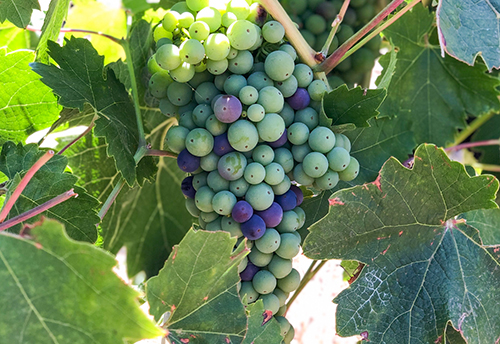Zinfandel is Dry Creek Valley’s Cultural Heritage, Its Signature Wine Grape
Drawn by a terrior, landscape and climate similar to that of their homelands, European immigrants settled in Dry Creek Valley following the 1849 Gold Rush. Twenty years later, the first vineyard, thought to be Zinfandel, was planted by Frenchman, Georges Bloch. By the 1880’s, Zinfandel dominated the 883 acres of vineyards in Dry Creek Valley, and was highly regarded within the California wine industry only a decade later.
By the early 1900’s as the phylloxera pandemic spread across Europe and the U.S. and Prohibition loomed, several Dry Creek Valley growers replanted Zinfandel on resistant St. George rootstock. Many of the vineyards survived through Prohibition and the valley’s subsequent transition to orchard crops like prunes and pears – and, today, still exist, providing the region with one of the densest concentration of Old Vine Zinfandel in the world.
Today, nearly 2,400 acres of Zinfandel are farmed in Dry Creek Valley, the most planted grape in the region. Many of the original families continue to farm the vineyards, with successive generations producing world-class Zinfandel based on the traditions of their fathers and grandfathers.
Dry Creek Valley has set the bar, worldwide, for Zinfandel, underscoring the variety as a premium wine grape capable of producing wines that are food-friendly, cellar-worthy, and appealing to consumers and sommeliers.


